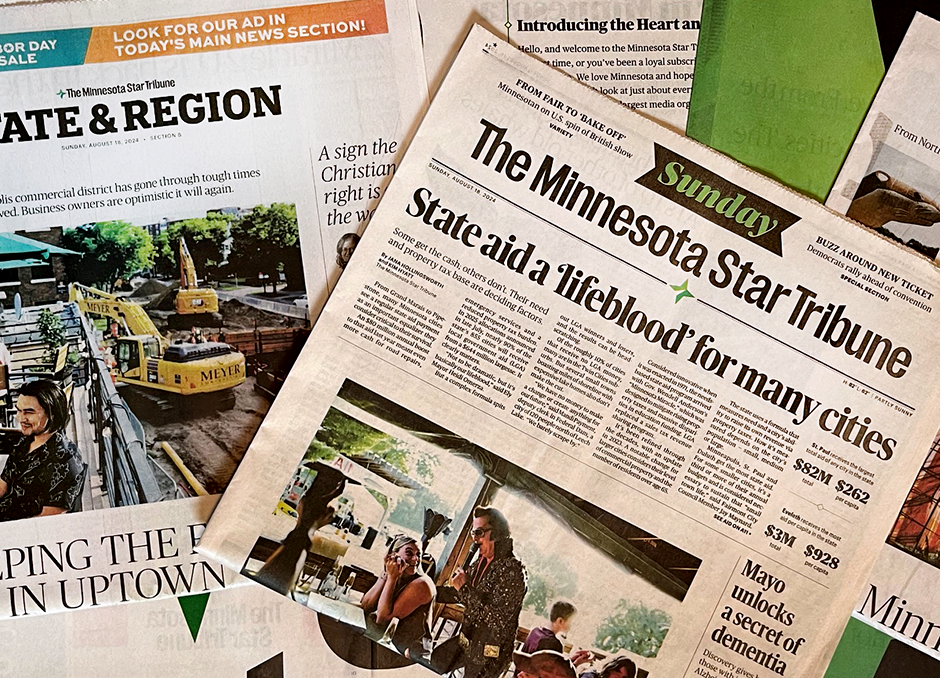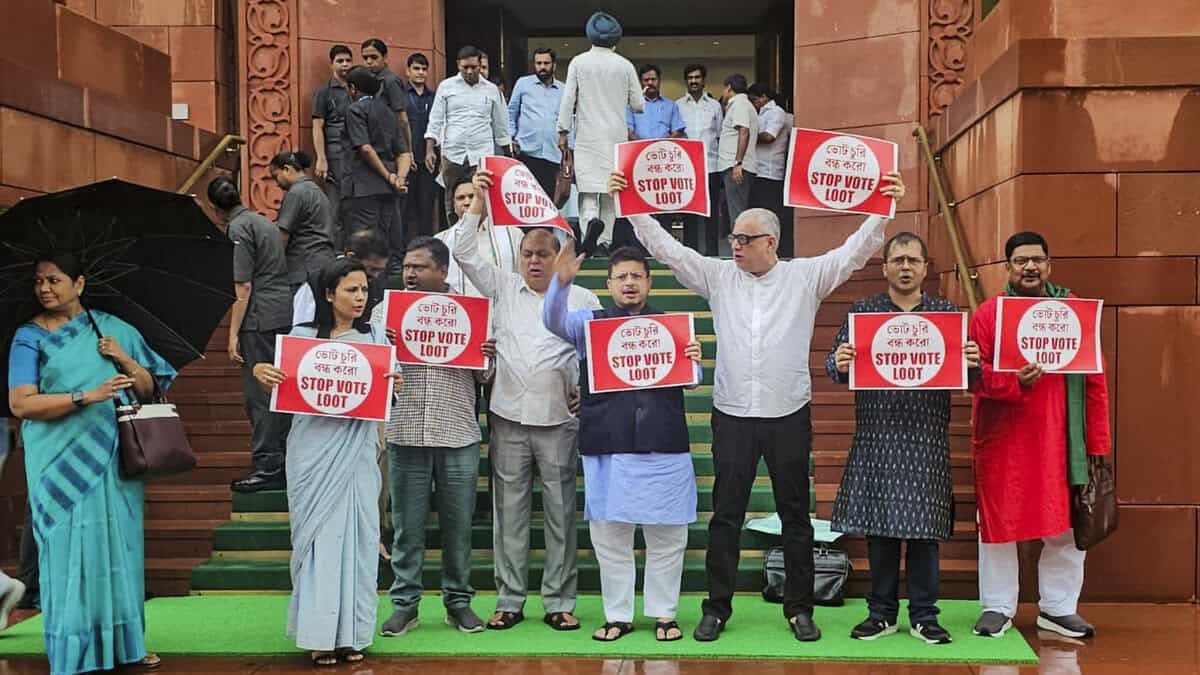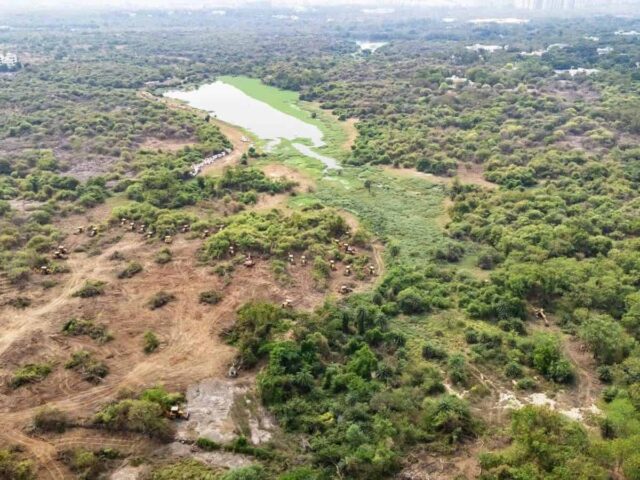Hyderabad: The issue surrounding the 400-acre land in Kancha Gachibowli has been circling the legal claim of whether the land belongs to the state government or the University of Hyderabad (UOH).

Legal experts state that though it is not a notified reserve forest and technically lies with the Telangana government, multiple environmental and regulatory permissions, including no objection certificates (NOCs), were required before initiating a government project like an IT park, especially given the area’s ecological sensitivity and public interest.
In a document titled “Safeguarding Nature: Clearances & NOCs for Development Projects on Sensitive Public Land,” released on Saturday, April 5, the advocates of the Human Rights and Consumer Protection Cell Trust pointed out that multiple permissions are needed before converting a land for commercial purposes.


“Even if not a notified forest, if the land qualifies as a deemed forest (due to natural vegetation and biodiversity), the Forest Conservation Act,1980 and permissions under Water Land and Trees Act (WALTA) apply,” the document read.
Environmental clearance needed
Under the Environment Protection Act, 1986, an environmental clearance is mandatory for large projects or those involving construction beyond 20,000 sq mts, tree felling, land-use change, or if it creates a significant ecological impact. Similarly, if there are water bodies inside that land, permission from the Hyderabad Disaster Response Assets Monitoring and Protection Agency (HYDRAA) and the Lake Protection Committee is needed.
Telangana Pollution Control Board
If construction and operations involve waste, water usage, emissions, or effluents, a Consent for Establishment (CFE) and Consent for Operation (CFO) under the Air and Water Acts are mandatory from the Telangana Pollution Control Board (TGPCB).
“Serilingampally does not have a Sewerage Treatment Plant (STP), causing serious water pollution in the Krishna Basin (minor),” the document read.
Land-use conversion (if not already zoned for industrial/commercial use) is possible only after obtaining permissions for buildings and layouts from the Greater Hyderabad Municipal Corporation (GHMC) or the Hyderabad Metropolitan Development Agency (HMDA).
The revenue department checks the land’s ownership, how it is being used, and whether it includes assigned land, Waqf land, or any water bodies.
Centre’s clearance
If it is a project involving the development of a large area or sensitive zones (Category A projects), the Centre’s clearance is needed.
If the land has protected species or the project threatens biodiversity, clearance is advisable by the National Biodiversity Authority (NBA) or the State Biodiversity Authority (SBA).
Permission from Archaeological Survey of India
If any protected monuments or heritage zones are within 300 meters of the land, the Archaeological Survey of India’s (ASI) permission is also needed.
Clearance for height or land use may be required from the civil aviation authority (if near an airport); an independent ecological survey to document biodiversity and forest status; GIS mapping and zoning compliance to ensure the land-use classification aligns with regional plans; and public consultation has been advised by the advocates.

















































